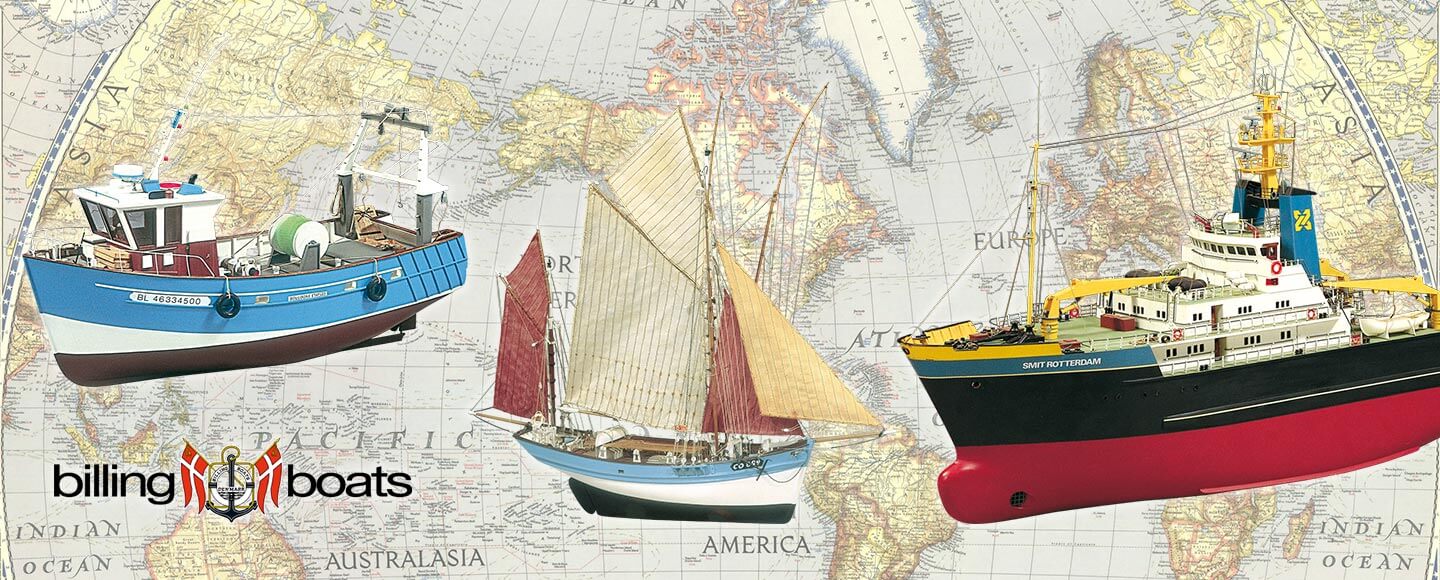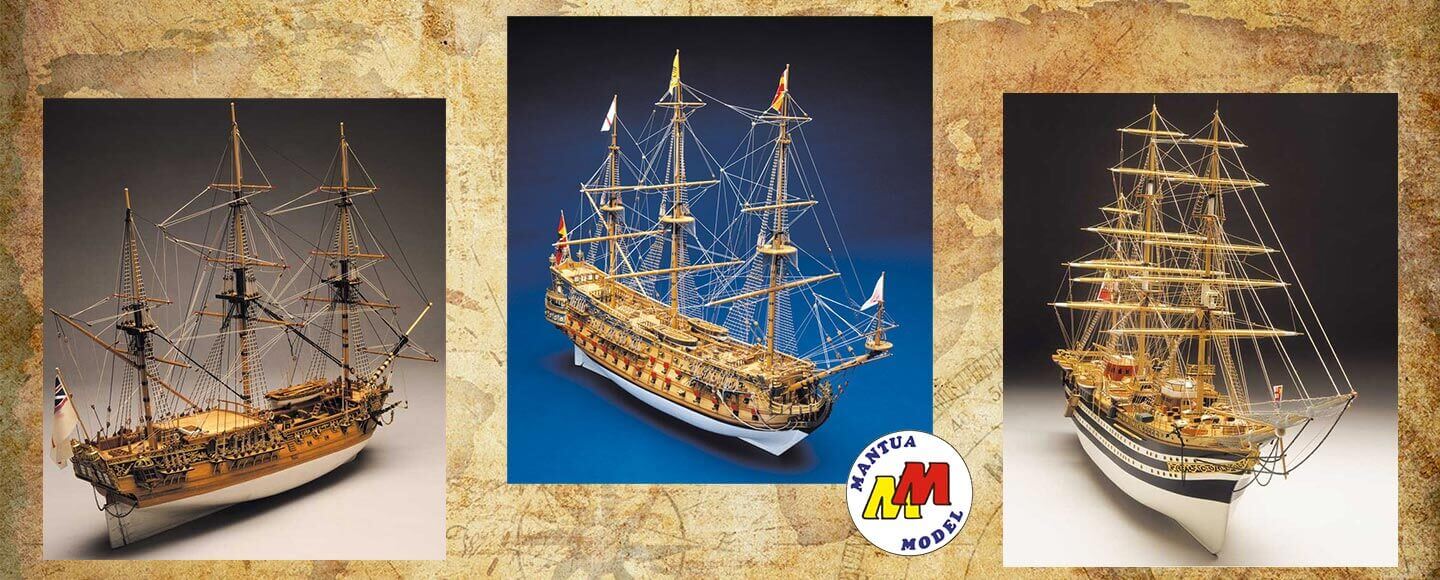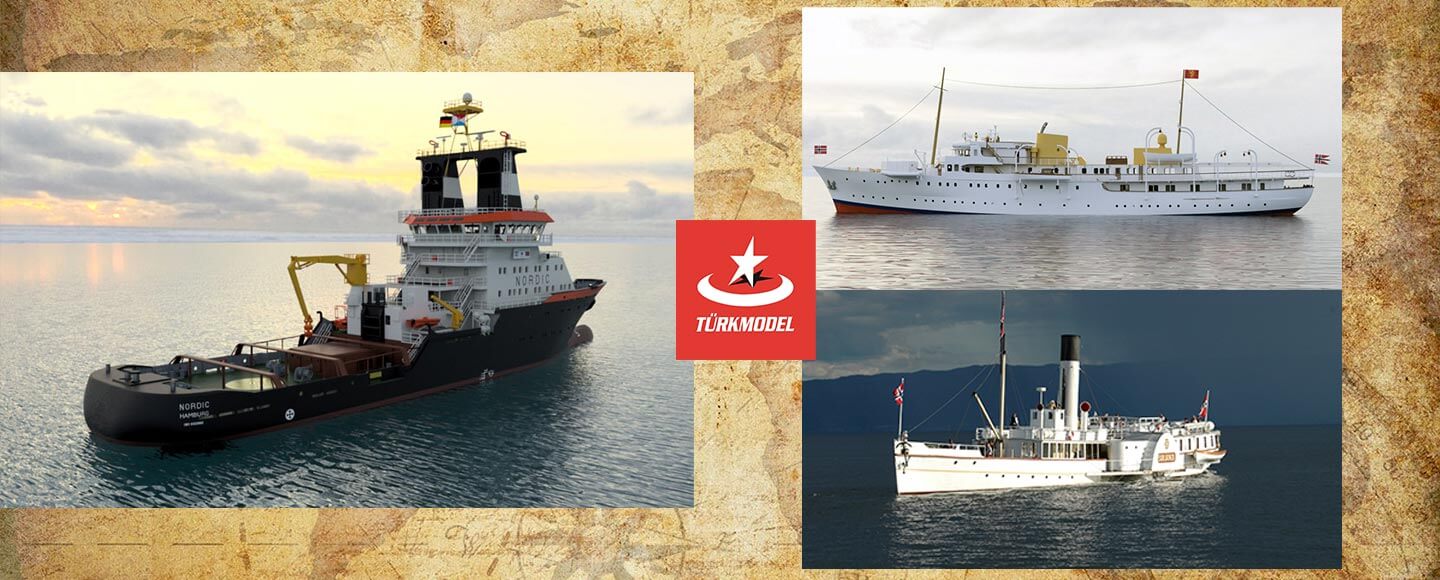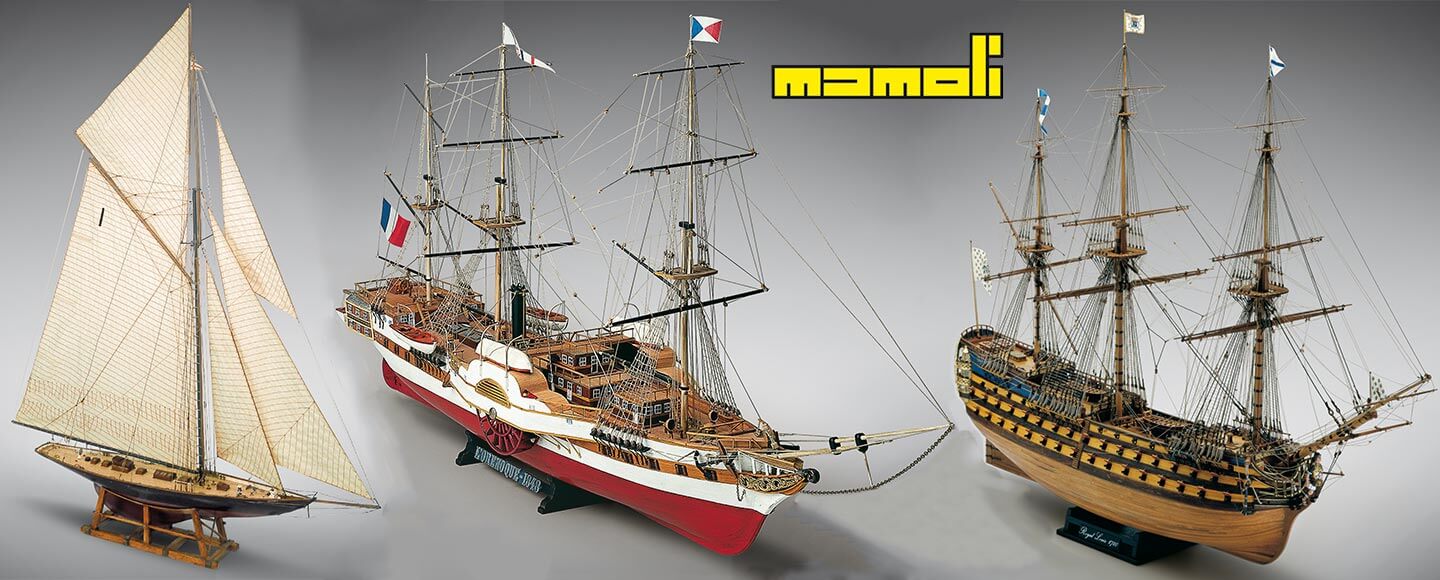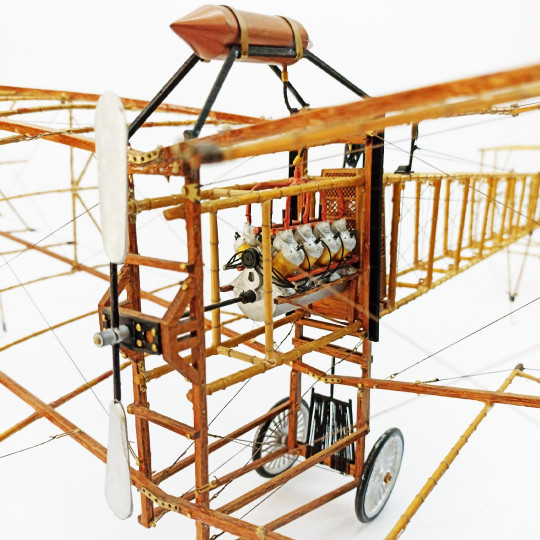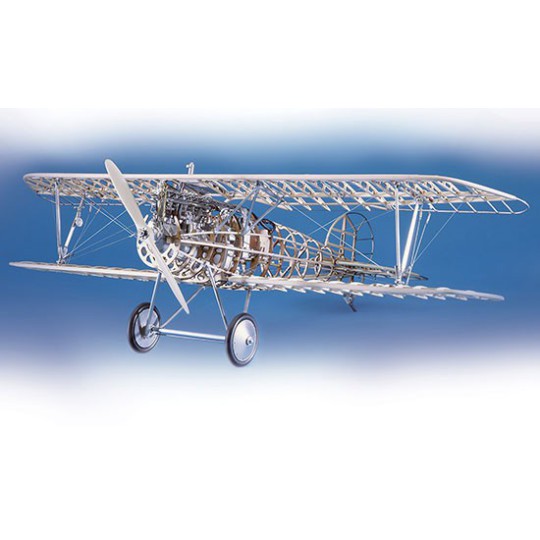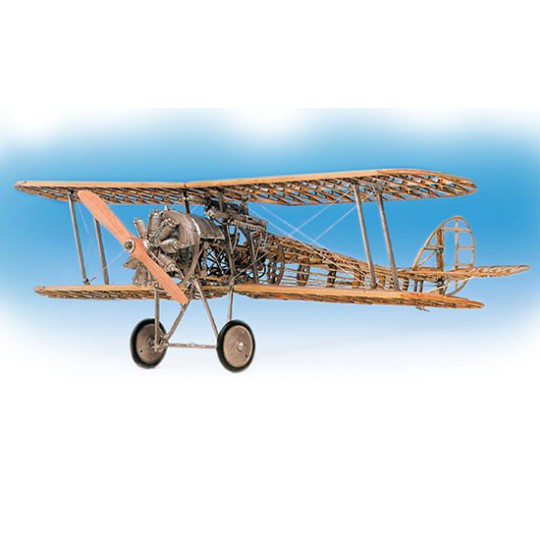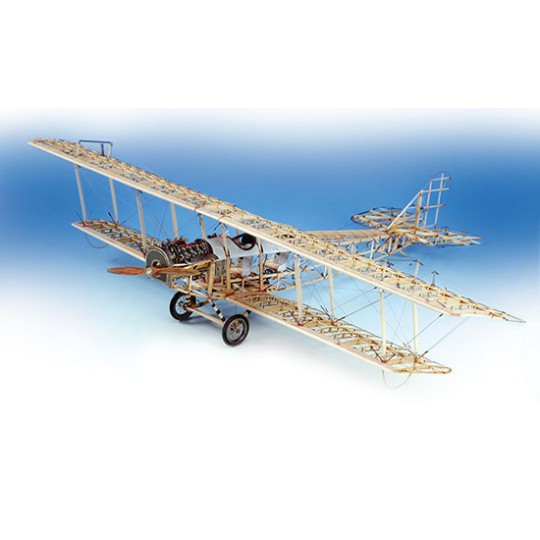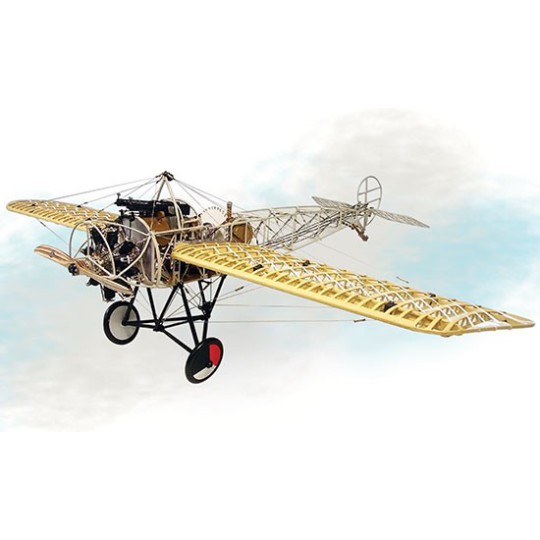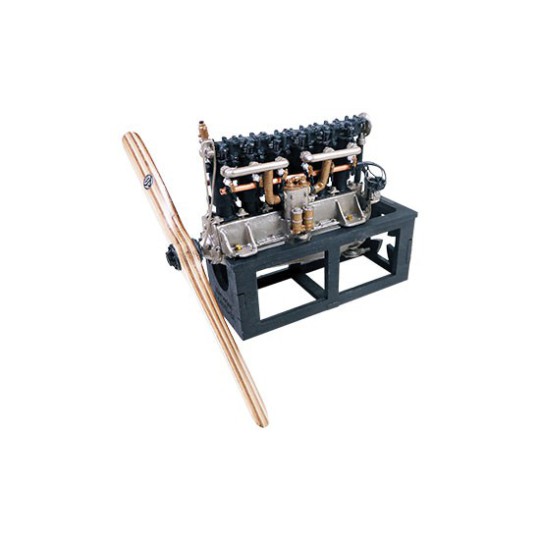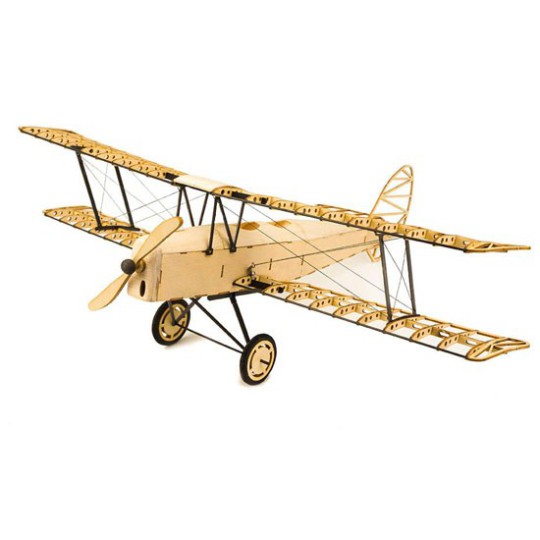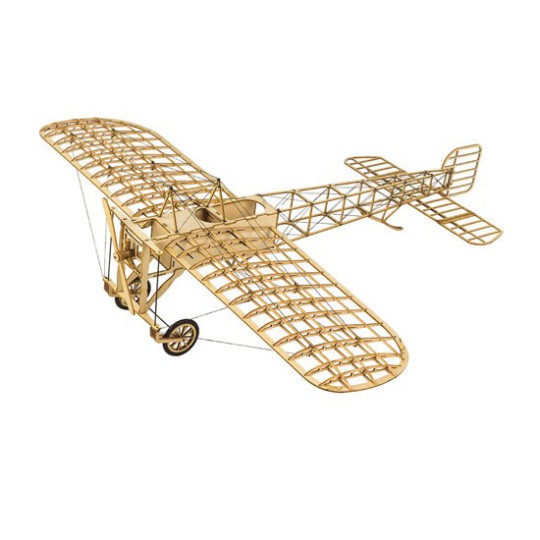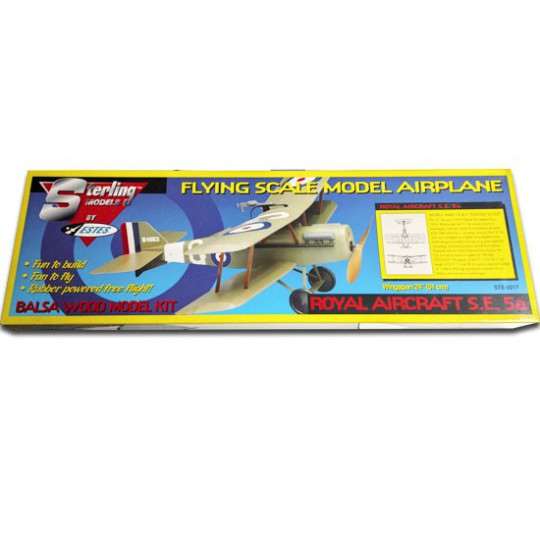27 Products
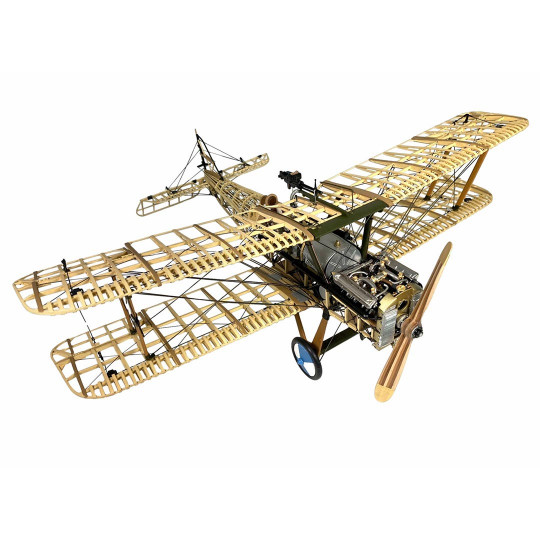
-
BLACK FRIDAY
Get ready to takeoff with Scientific MHD!
As a specialist in model building, we offer a selection of aerial, marine, and road vehicles to meet the expectations of both beginners and experts. Here, we focus on plastic models—the most popular—as well as wood models, of course. Discover our selection of wooden aircraft models now.
Choosing the ideal aircraft model can seem like a daunting task, especially given the variety of models available on the market.
Therefore, it’s crucial to rely on well-defined criteria for making an informed choice. First and foremost, it’s essential to determine the modeler’s experience level. Beginners should opt for simpler models with fewer parts and clear instructions, while advanced modelers can go for more complex models, often with intricate details that require skill and patience.
Additionally, the type of aircraft is another key factor to consider.
There is a variety of planes available, from military fighter jets to commercial airliners and historical planes. The choice often depends on the modeler’s personal interests. For example, a military history enthusiast might prefer a model of a Spitfire or an F-16, while a civil aviation fan might lean toward a Boeing 747 or an Airbus A380.
This selection should reflect not only personal preferences but also the skill level required to assemble the model.
Next, the size and scale of the model are determining elements.
Models are available in various scales, such as 1/72, 1/48, or 1/32, each scale offering a different level of detail and complexity.
Smaller scales, like 1/72, are often less detailed and easier to assemble, making them ideal for beginners or those with limited time. Conversely, larger scales, like 1/32, allow for impressive detail but also require more time and skills for proper assembly.
The material of the model is also an important aspect not to overlook.
Plastic models are the most common and are suitable for most modelers due to their ease of assembly and relatively low cost. However, for those seeking a more realistic experience, wooden or metal models can provide an additional challenge and a more authentic final result. These materials, while often more expensive and requiring specific tools, bring added value in terms of realism and personal satisfaction.
Another factor to consider is the level of detail provided by the manufacturer.
Some models include additional parts, such as detailed engines, cockpits with precise dashboards, and functional landing gear. These details can add an extra dimension to the model but also require more time and effort to assemble correctly. It’s important to read the product description carefully and ensure the level of detail matches the modeler’s expectations and abilities.
Finally, cost is an essential criterion.
The prices of models can vary considerably depending on complexity, material, and level of detail.
It’s important to set a budget before beginning the search and stick to it. A less expensive model can provide as much enjoyment and satisfaction as a pricier one, provided it suits the modeler’s skill level.
In summary, choosing the ideal aircraft model requires a careful evaluation of several criteria, including experience level, type of aircraft, size, material, level of detail, and cost.
By considering these aspects, it’s possible to find a model that not only meets personal expectations but also offers a rewarding and satisfying experience.
Return of the wooden aircraft models.
After falling into disuse, the wooden model aircraft is gradually coming back and has really started to take off in recent years. Perceived as a high-quality material, wood is often described as being the more ecological option. The wood used to make our model aircraft is mainly from American or European forests, particularly in the British Isles. In this respect, our wooden aircraft models can be considered more environmentally friendly, as the carbon footprint of imported raw materials is reduced.
The German aircraft that served in the First World War called the Fokker Eindecker wings are made from limewood. This wood is known for its malleability. It is easy to work with because it is light and flexible, and regular in structure. It is ideal for making uniform model aircraft parts and is soft to the touch.
Exceptional model aircraft for all levels :
Our wooden model aircraft are principally made by the manufacturer Model Airways and are of extremely high-quality.
The beautiful attention to detail will not fail to disappoint. The model parts are laser-cut so that they can be carefully assembled and fit together perfectly. These small-scale models are the result of a labour of love with wonderful resemblance to their original models. They have been built using original designs, photographs from the era, and copying restored aircraft on display in museums. You will have peace of mind with the trustworthy manufacturer Model Airways and their authentic models.
Model Airways wooden aircraft are the most beautiful replicas you can find of these early aircraft.
This is partly down to the 1:16 scale used, which means that the smallest details of the aircraft’s features are big enough to render them so beautiful. And partly because the quality of the materials used is second to none. The manufacturer also uses several types of wood, such as birch and lime, which are similar to those materials used in real aircraft at the time.
Model Airways also use precious metals such as pewter and brass to reproduce the engines, shrouds, controls, wiring and other parts of the aircraft. The Model Airways reproductions are definitely the most beautiful available on the market along with the Sopwith Camel and Wright Flyer replicas made by HASEGAWA from their ‘Museum’ collection in the 1990s.
The same is true for the manufacturer Dancing Wings Hobby, also distributed by Scientific MHD.
Just take a look at the Fokker-DR1 aircraft wooden model that flew for the German army during the Great War when, between 1917 and 1918, 320 models were produced. A decorative replica that is bound to attract attention!
And what about the legendary French aircraft called the Blériot IX designed by the famous engineer Louis Bléroit? This aircraft, 12 m long with a 9m wingspan, unfortunately never got to fly and so only one was made. The Blériot model plane is a 1:23 scale (23 times smaller) and, like the original, it cannot be flown! Fall in love with the Nieuport 28, which was the flagship of the French army and flown by the most successful and decorated American pilot in the First World War Eddie Rickenbacker.
This snippet of history can be built in 190 pieces and described as an intermediate level.
In addition to these wooden aircraft, we also offer a few engine models for the mechanical enthusiasts. These are made of cast brass and tin. We also have everything you need to paint your models with acrylic paints that are suitable for wood, plastic and ceramics.
Discover the LifeColor selection, which is renowned for great coverage.
Which Tools Are Needed for a Wooden Airplane Model?
To successfully build your wooden airplane model, it is essential to equip yourself with the right tools. You won’t achieve the desired result without using appropriate tools. Like all model kits, a wooden airplane model requires specific tools to meet the precision standards in model building.
The first step in building a wooden airplane model involves detaching the parts from the sprue where they are fixed. For this, you’ll need a pair of sprue cutters. This is the best tool to detach model parts without damaging them. If you remove the parts by hand, you risk accidentally breaking some, and if you use scissors, you could end up cutting certain parts.
A model file is also a very useful tool for assembling your wooden airplane model. With this tool, you can remove any burrs that may be found on the surface of model parts. The model file is indeed the right tool for precisely removing these burrs without damaging the pieces. You can choose either a round or flat model file depending on your needs.
To achieve the desired look for your wooden airplane model, you’ll need to paint it using a suitable brush. Model building is a craft of detail. Therefore, it’s best to equip yourself with a very fine brush to apply the selected paint. Acrylic paint is the top choice for painting a wooden airplane model.
Once you’ve painted the parts of your wooden airplane model, the final step is to glue them using a suitable adhesive. For wooden models, white glue is recommended.
How to Showcase a Wooden Airplane Model?
Have you completed your wooden airplane model and want to display it? Here are our tips, which you’re free to follow based on your decorative preferences! We recommend placing your wooden airplane model at eye level so that guests can admire it better. Ideally, place it in a display case along with other models in your collection, if applicable, and on a suitable stand to make it look as though it’s floating in the air like a real airplane.
How to maintain a wooden airplane model?
Like all models, wooden airplane models are delicate and need to be handled with great care. First, make sure that your model is in a stable position where it won’t fall, as some parts could break even from a minor fall. This risk can be avoided by placing it in a display case. This option will also help protect your wooden airplane model from dust.
How long does it take to assemble a wooden airplane model?
The time required to assemble a wooden airplane model mainly depends on the difficulty level of the kit and your experience in model building. For a simple model designed for beginners, expect to spend 2 to 5 hours. More complex models, with intricate details and precise assembly, may take several days or even weeks, depending on how much time you dedicate to the process each day. It is recommended to take your time to avoid mistakes and ensure a high-quality result.
What is the best glue for wooden model airplanes?
To assemble a wooden airplane model, it is essential to use the right type of glue to ensure a strong and durable bond. Here are the most recommended types of glue:
- Classic wood glue: Ideal for a strong bond but requires more drying time.
- Cyanoacrylate glue (special wood super glue): Provides a quick bond but requires precision.
- White PVA glue: Easy to handle and perfect for adjusting pieces before it fully dries.
It is advisable to apply the glue in small amounts to prevent excess and to use a toothpick or a fine brush for precise application.
Can you paint a wooden model after assembly?
Yes, you can paint a model after assembly. However, for the best results, it is recommended to paint certain parts before assembly, especially small areas that may be difficult to reach once the model is fully built. If you decide to paint after assembly, consider the following tips:
- Lightly sand the surface to improve paint adhesion.
- Use a primer for a more even finish.
- Apply several thin layers rather than one thick layer to avoid drips.
- Protect delicate areas with masking tape if necessary.
Where to find video tutorials for assembling a wooden airplane model?
If you're a beginner or looking to refine your technique, several platforms offer detailed tutorials:
- YouTube: Many enthusiasts and professionals share step-by-step videos on assembling and painting wooden models.
- Specialized model-building websites: Some manufacturers and online stores publish guides and video tutorials.
- Forums and Facebook groups: Model-building communities often share useful video links and personalized tips.
- Online learning platforms: Websites like Udemy or Skillshare sometimes offer courses dedicated to model building.
By exploring these resources, you can find advice suited to your skill level and specific model.

